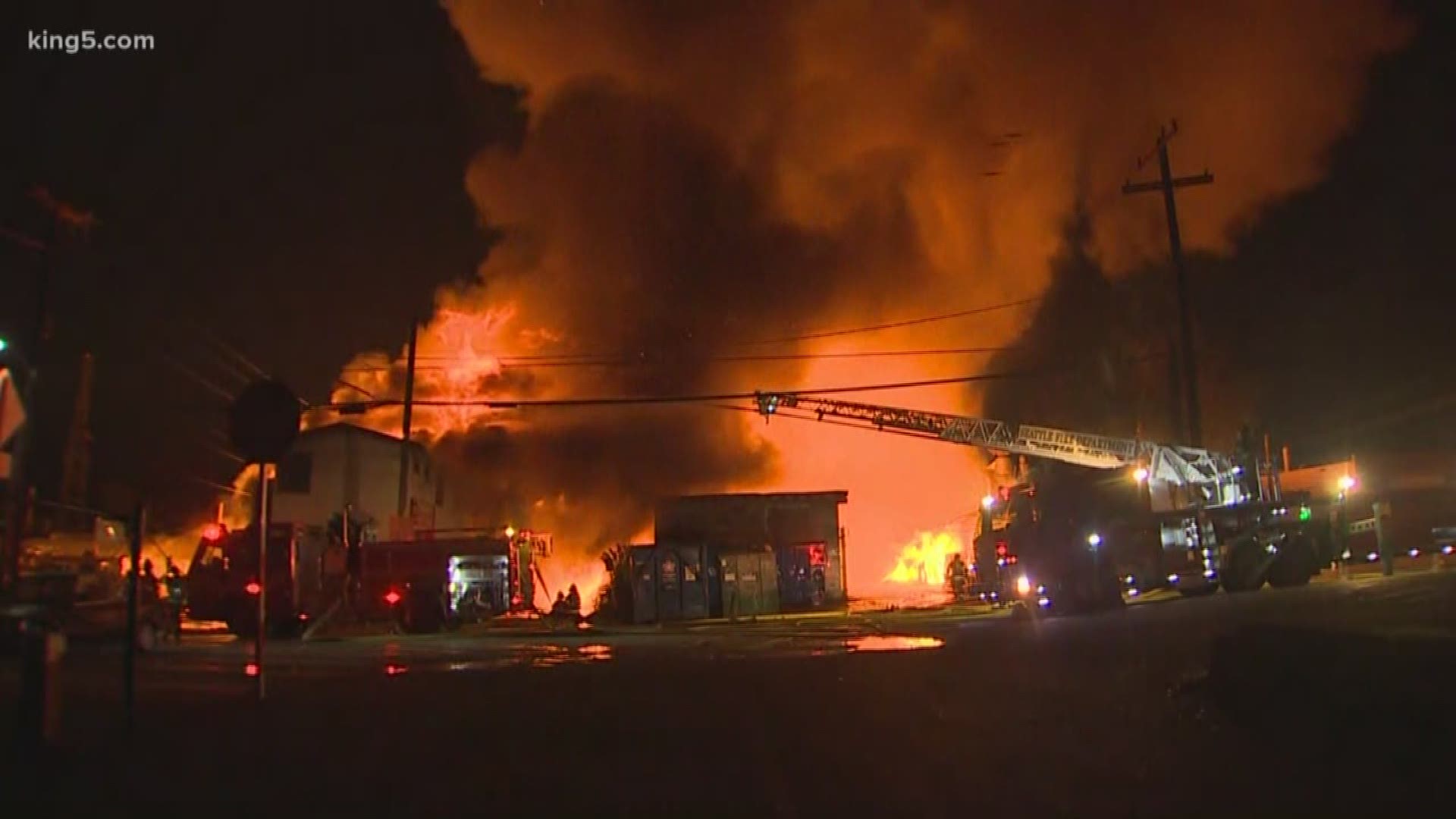The Seattle Fire Department aims to respond to most emergency calls in eight minutes or less. With one of their main thoroughfares about to close, the Highway 99 viaduct, can they still maintain that standard?
“Certainly it may take longer to respond,” said Deputy Chief Ron Mondragon.
The fire department has a multi-layered plan to get first responders through the potential gridlock during the Seattle Squeeze, the three weeks starting Jan. 11 when the viaduct closes and the new tunnel has not yet opened.
SFD has mapped out specific response routes with parking restrictions on roads wide enough to allow fire trucks and ambulances to pass traffic.
One option is 3rd Avenue, a bus-only route right through the downtown core.
SFD is also pausing training during the squeeze. They want all their people and vehicles in their assigned fire stations, ready to respond, Mondragon said.
They're activating the resource management center, a room where they can monitor traffic cameras and response time data.
Eight parks throughout the city can be emergency helicopter landing spots, so they can whisk patients to Harborview Medical Center, bypassing any jams down on the streets.
“These plans will be beneficial to us not only for this significant event, but any future major disaster that may occur in the city of Seattle,” Mondragon said.
The fire department also has the option to activate its bicycle paramedic program. They usually patrol during special events, but they're ready to start pedaling if needed in the coming weeks.
If there's one thing every driver can do to help, Mondragon said, it's to pay attention and pull to the right when fire trucks and ambulances are trying to get through.
Ways to get battle gridlock
Join KING 5’s Seattle Tunnel Traffic Facebook group to stay up-to-date on the closure, tunnel construction, and get your traffic questions answered by KING 5 journalists.
Bottom line: give yourself extra time to get somewhere or maybe just decide to stay home.

